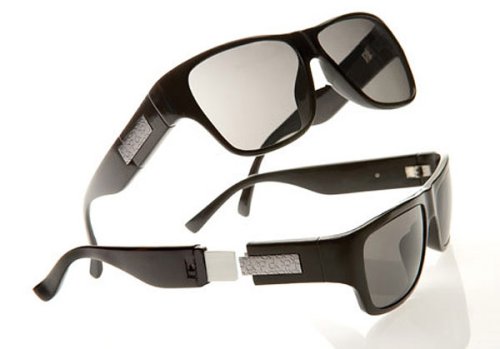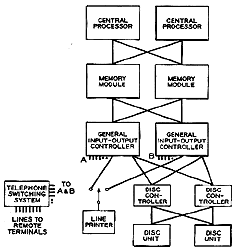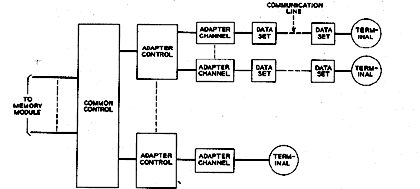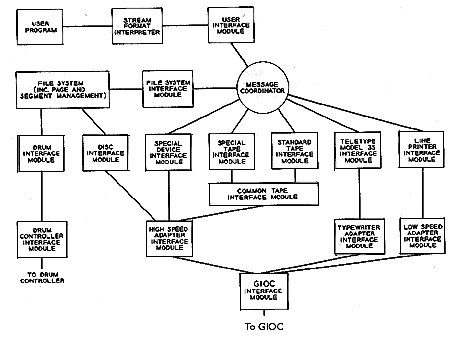The smartphone is small, inconspicuous, and is always with us. It does pretty much everything we need while we are away from the big display and fast processor at home or work. Adding a MID (mobile Internet devices) or a larger tablet would be nice, but for smartphone owners, these are purely luxury items. They don’t add enough value to justify the price.
MIDs: 5 to 7 inches
Traditionally, MIDs have had only WiFi connectivity, but are now being designed with GSM/CDMA radios to allow data/voice plans with wireless carriers, which will help the product category in a big way. AT&T’s recent announcement of ”$30 per month for data only” helped shed light on the fact that one does not have to pay for a voice plan to obtain data service. In fact, the big four US carriers all offer data-only plans. (read Ian Wheat’s article on the subject)
While Dell’s Mini 5 has definite appeal and is getting plenty of coverage prior to launching, only time will tell how well it will be received. At the small end of the MID size scale, it may still be a little too big for the average person to carry around as a phone, hence the new MID product category. For many smartphone users however, it may be the perfect form factor delivering a quality video experience, book reading functionality, easy web browsing, and free navigation with Google Maps Navigation.
Other products in this category continue to appear, but none has yet to really take control of the market. So far, there has been too much overlap with current smartphones with nothing differentiating them other than size. Fortunately however, MIDs with 3G connectivity (including the Mini 5) can potentially be used as an inexpensive primary device as calls can be placed using a VOIP app. (read more about $30 unlimited voice, data, text plans) For personal safety and security, users can always call 911 since it is a cellular device with a traditional phone dialer, regardless of any carrier agreement.
Tablets: 7 to 10 inches
The first Tablet PC was introduced in 2001, but none has ever attracted any mass appeal. Many companies are hoping to change this, of course. Some, based on Windows 7, come with the ‘full OS’ experience, Atom processor and associated power requirements. Some will have ARM-based processors and mobile operating systems like Android and other Linux-based OS’s. And then there is Apple’s product based on the iPhone.
News is swirling about the iPad soon becoming available for pre-order. Who and how many will be ordering is anyone’s guess. I will not be on the list and can only think of two people I know who would be legitimate candidates. One is my mother-in-law who travels quite a bit and the other is a lady about the same age who wants internet access when traveling. Neither of them has a smartphone, neither is technically savvy, and the 10″ form factor is attractive to them (larger font for easier reading).
As tablets become cheaper, more powerful and connected, they will replace laptops and the third product category will disappear. Until then, they will be a niche device for book readers, gamers, travelers, product reviewers and early adopters.













